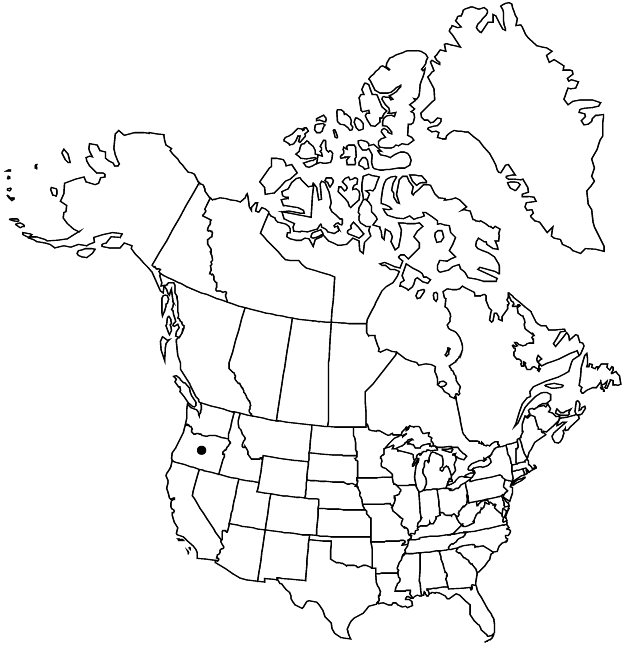Difference between revisions of "Eriogonum chrysops"
Fl. Rocky Mts., 220, 1061. 1917.
FNA>Volume Importer |
FNA>Volume Importer |
(No difference)
| |
Revision as of 22:36, 16 December 2019
Herbs, matted, scapose, 0.2–1 × 0.5–2 dm, floccose to tomentose, greenish. Stems matted, with persistent leaf bases, up to 1/5 height of plant; caudex stems matted; aerial flowering stems scapelike, erect, slender, solid, not fistulose, 0.2–1 dm, floccose to tomentose. Leaves basal, fasciculate in terminal tufts; petiole 0.2–0.5(–0.8) cm, tomentose; blade oblanceolate to spatulate, (0.5–)0.7–1 × 0.2–0.4(–0.5) cm, densely white- or grayish-tomentose on both surfaces, margins plane. Inflorescences capitate, 0.5–1.5 cm wide; branches absent; bracts 3–5, scalelike, triangular, 1–2 mm. Peduncles absent. Involucres 3–5 per cluster, turbinate-campanulate to campanulate, 2.5–3(–3.5) × 2.5–3 mm, membranous, glabrous, sparsely floccose on teeth; teeth 5, erect, 0.6–1.2 mm. Flowers (2–)2.5–3 mm; perianth yellow, sparsely glandular, infrequently glabrous; tepals connate proximal 1/3, monomorphic, oblong to narrowly obovate; stamens exserted, 2–2.5(–3) mm; filaments pilose proximally. Achenes light brown, 2.5–3 mm, glabrous except for minutely bristly beak.
Phenology: Flowering May–Jul.
Habitat: Gravelly basaltic or rhyolitic slopes and outcrops, sagebrush communities
Elevation: 1200-1400 m
Discussion
Of conservation concern.
Eriogonum chrysops is known from five scattered sites in the Skull Creek area of Malheur County. It is no longer considered a candidate for threatened status under the provisions of the Endangered Species Act. However, it still is considered a “threatened” species by the state of Oregon.
Selected References
None.
